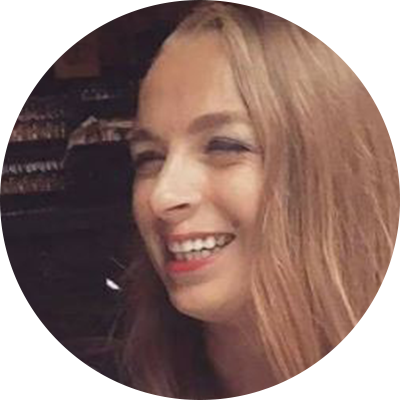
(Krakenimages.com / Shutterstock.com)
When you hear the word meditation, you might picture a monk sitting in perfect stillness. But there are other forms of meditation that involve movement known as expressive meditation. Cultures around the world use movement as a form of expressive meditation in healing rituals.
These forms of expression provide powerful healing benefits that can help recover from trauma and ease stress; like from the coronavirus and having to stay home. Shaking, dancing, fast breathing, jumping, shouting, whirling, pounding on the chest, and laughing, all represent different types of expressive meditations that can transform anger, sadness and fear into emotional stillness, love, and wisdom.
Accepting Trauma
Many people think of trauma as something that happens to those who have experienced the most catastrophic life events, such as war, abuse, or a natural disaster. But really, trauma is a natural part of life that happens to everyone sooner or later. Grief, illness, and loss of love are life are also traumas. Even losing your job or lack of fulfillment can feel traumatic. Rather than deny these facts of life, by recognizing your own trauma, you invite healing and post-traumatic growth into your life..
Post-Traumatic Growth
When people feel traumatized, they often feel helpless and hopeless. Suffering is the soil through which wisdom and compassion grow. Trauma doesn’t have to damage you permanently. It can actually make you become more whole and healthier than before.
When you allow yourself to grow from difficult experiences, you go through a process of transformation. You move through the pain and learn from it. Through healing, you can open your heart to deeper understanding, enhanced meaning, and purpose.
Shaking and Dancing Healing
Movement, like shaking and dancing, allows you to do something physical that releases tension in your body. A study published in Front Psychiatry shows that these techniques decrease anxiety, improve sleep, balance mood, reduce fear, and provide an antidote for the symptoms of trauma.
In an interview on The One You Feed podcast, Dr. James Gordon, the founder and executive director of The Center for Mind-Body Medicine, said,“Indigenous people understood that periodically, particularly when there was a crisis in the community, you need to do something to release all of the tension that is there. You need to clear out the mind that is so cluttered with fear and worry and anxiety and prejudice and anger. You need to loosen up bodies that have gotten tight.”
One example of this is that in Southern Africa, the Kalahari bushmen use a full body interactive learning called Kalahari San. This type of shaking medicine involves “spontaneous motion and vocal expression as a path to spiritual ecstasy and healing”.
In a situation that feels overwhelming or inescapable, people often go into an instinctive freeze response that in the wild, helps to evade predators. Freezing, like playing dead, may avoid a life threatening situation.
It follows that when people feel stress, they also become shut down and emotionally numb. They do not allow their bodies to release the tension of the freeze response. Moving your body helps “shake” out of the freeze response and allows healing to begin.
“Anyone can do it! You can do it even if you’re in a wheelchair!,” Gordon said in the interview. “You can see the benefits right away! Almost everyone feels a little more relaxed, energized, and brighter just after the first episode of shaking and dancing.“
Feeling stressed from the current situation? Just put on some music and start moving freely. This allows your emotions to release from your body, for you to let go of some of that psychological trauma, and then you can dance the stress away.
YOU MIGHT ALSO LIKE:
Dance like Nobody’s Watching, Science Says It's Good for You
Yoga Poses for Your Brain and Nervous System
5 Reasons to Begin a Jump Rope Workout







